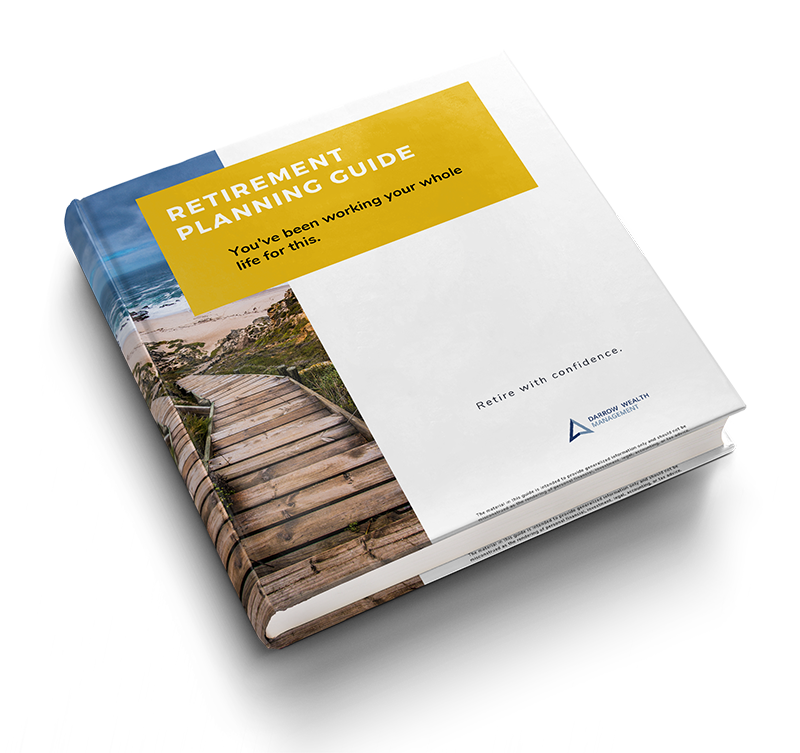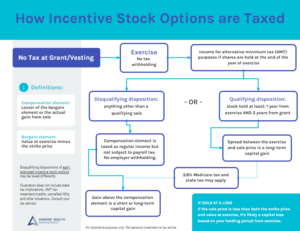Congress is once again poised to make sweeping changes to the retirement and tax rules in the last two weeks of the year. The Secure Act 2.0 is expected to become law later this week. Some of the measures in the bill include increasing the required minimum distribution age, raising catch-up contribution limits, permitting some rollovers from 529 plans to Roth IRAs, and expanded access to employer plans.
9 major Secure Act 2.0 retirement changes
After the passing of the original Secure Act in 2019, lawmakers have been working on enacting more changes. Congress published the final details of the bill today, which is expected to pass as part of a larger year-end spending bill.
Here are some of the biggest changes in the Secure Act 2.0, though not an exhaustive list. There are many components of the 2022 Act that will impact employers that aren’t outlined below.
1. Raise the required minimum distribution age
The Secure Act 2.0 would, for the second time since 2019, increase the RMD age. In the new bill, the age when retirees must begin drawing from non-Roth tax-deferred retirement accounts would increase to 73 in 2023 and 75 in 2033. Individuals who have already starting RMDs cannot stop.
2. Increase catch-up contribution limits
The Secure Act 2.0 would keep the age 50 catch-ups and allow new ones:
- 401(k) & 403(b) plans: starting in 2025, the catch-up contribution will become the greater of $10,000 or 150% of the catch-up limit for individuals between age 60 – 63. Starting in 2026, the catch-up will be indexed by inflation.
- IRAs: the $1,000 catch-up limit will be indexed by inflation for tax years starting in 2024.
3. Allow companies to make 401(k) matching contributions based on student loan payments
The Secure Act 2.0 would permit employers to make matching contributions to an employee’s 401(k) and 403(b) retirement plan, even if the worker isn’t saving themselves. In the bill, workers facing the decision to pay off student loans or save for retirement could have a portion of their student loan payments matched by their employer and contributed to their retirement plan.
Keep in mind, matching contributions are often voluntary so it would be up to the plan as to whether to adopt this provision. Especially for smaller employers, recordkeeping could become burdensome.
4. 529 plan to Roth IRA rollovers
The Act includes language that would allow tax and penalty-free rollovers from 529 college savings plans to Roth IRAs, with limitations. The lifetime rollover limit is $35,000 and beneficiaries must move funds between a 529 plan and Roth IRA in their name. The 529 account must have been opened for over 15 years. Provisions are subject to ordering rules and Roth contribution limits so additional detail will be necessary here.
5. Roth 401(k)s also exempt from RMDs
It isn’t widely known that only Roth IRAs exempted the account owner from taking distributions under pre-Secure Act 2.0 law. In the bill, Roth 401(k) plans would also be freed of mandatory distributions starting in 2024.
6. Penalty for missing RMD cut in half
Currently, the penalty for missing a required minimum distribution is a whopping 50%. The Act would cut this in half, to 25%. Also, if corrected in a timely fashion, the penalty would be reduced to 10%. This part of the bill would be effective in 2023. But in practice, just don’t miss your RMD.
7. Qualified charitable distribution limit increased
Starting in 2023, the current $100,000 limit for qualified charitable distributions will be indexed by inflation. Qualified charitable distributions, or QCDs, allow taxpayers over age 70 1/2 to contribute to charity from their IRA and avoid the recognition of income on the donated amount. The Act will also permit one-time gifts of $50,000 through a charitable trust or gift annuity.
8. Other Roth changes
- Under current law, SEP and SIMPLE retirement plans cannot have a designated Roth IRA account. In the Secure Act 2.0, participants of these plans could have the option for contributions/employer funding to be treated as Roth starting in 2023.
- The bill would also require participants to make catch-up contributions to a Roth account in 401(a), 403(b), and 457(b) plans starting in 2024. There is an exception for workers earning less than $145,000 (indexed).
- The bill also enables employers to allow employees to elect matching contributions in a Roth account versus pre-tax, effective immediately.
9. Uniform 401(k) rollover rules
If you’ve ever tried to take money out of an old employer plan, you were likely frustrated with the opaque and antiquated process. The Secure Act 2.0 would try to modernize the direct rollover process by requiring the Treasury Secretary to standardize the process using sample forms. Unfortunately, this may not be finalized until 2025.
Stay tuned
There is a LOT to unpack in Secure Act 2.0 in the days, weeks, and months to come. And keep in mind, Congress makes the laws but often, the IRS must interpret and apply them. As seen this year with the confusion about the inherited IRA rules and RMDs, it sometimes takes a while to sort everything out. So stay tuned!
This article was written by Darrow Advisor Kristin McKenna, CFP® and originally appeared on Forbes.











